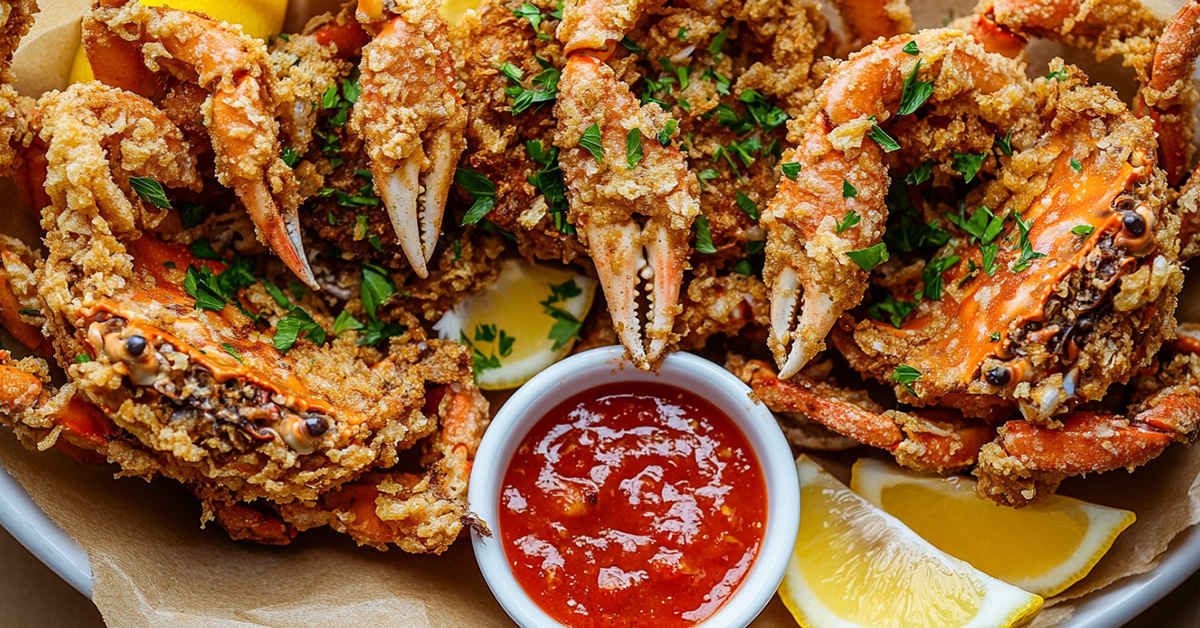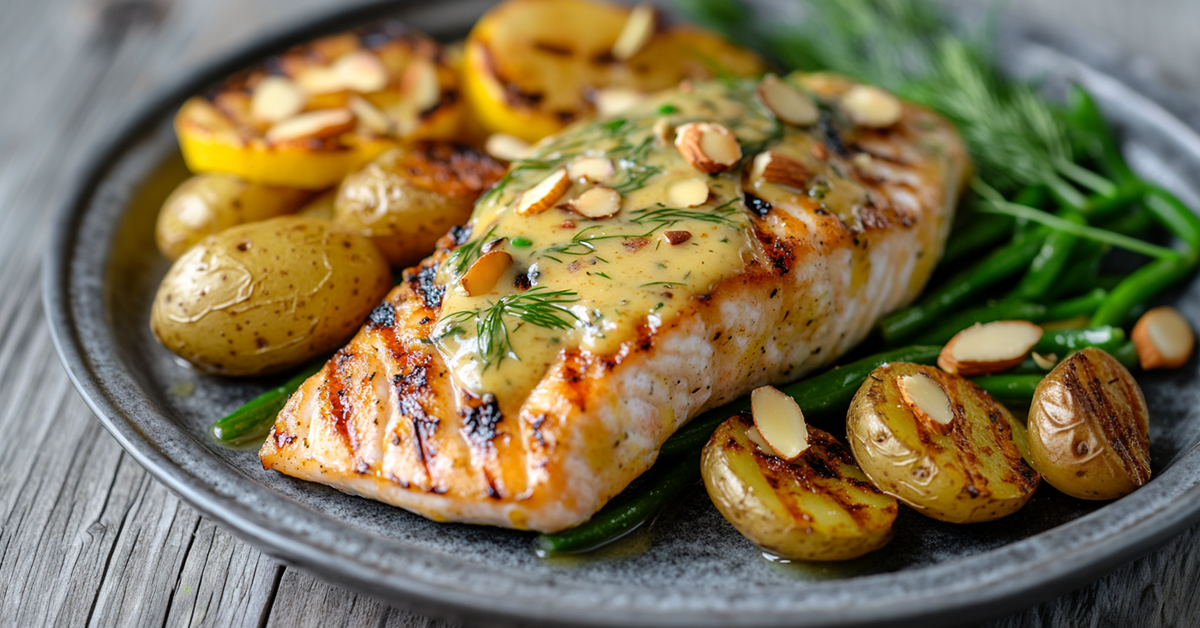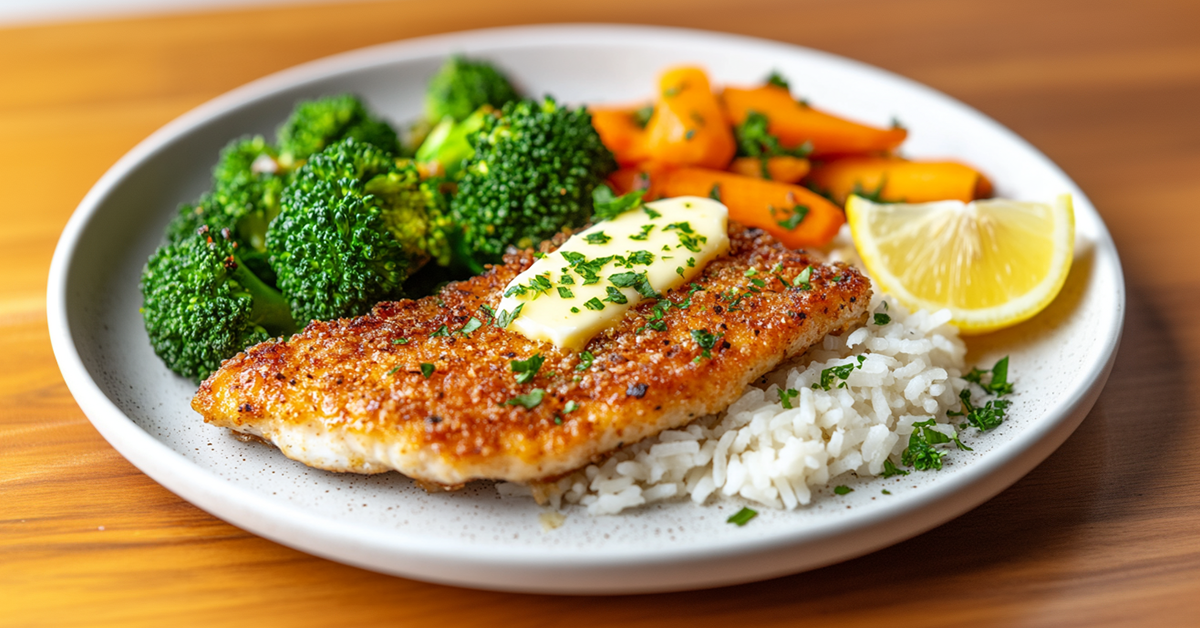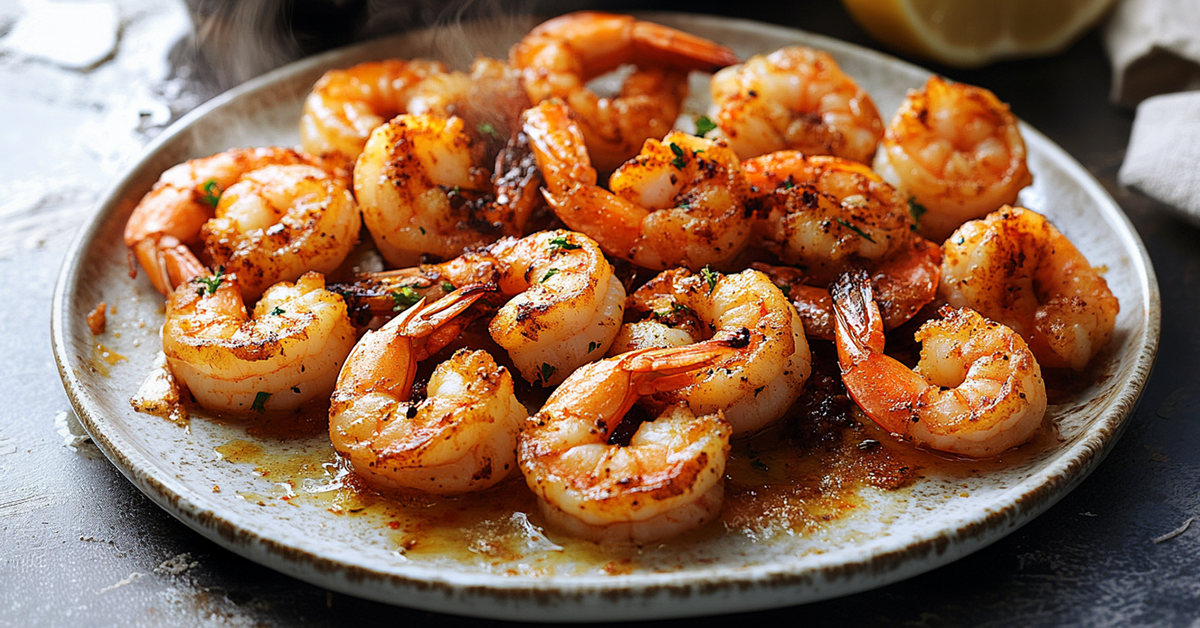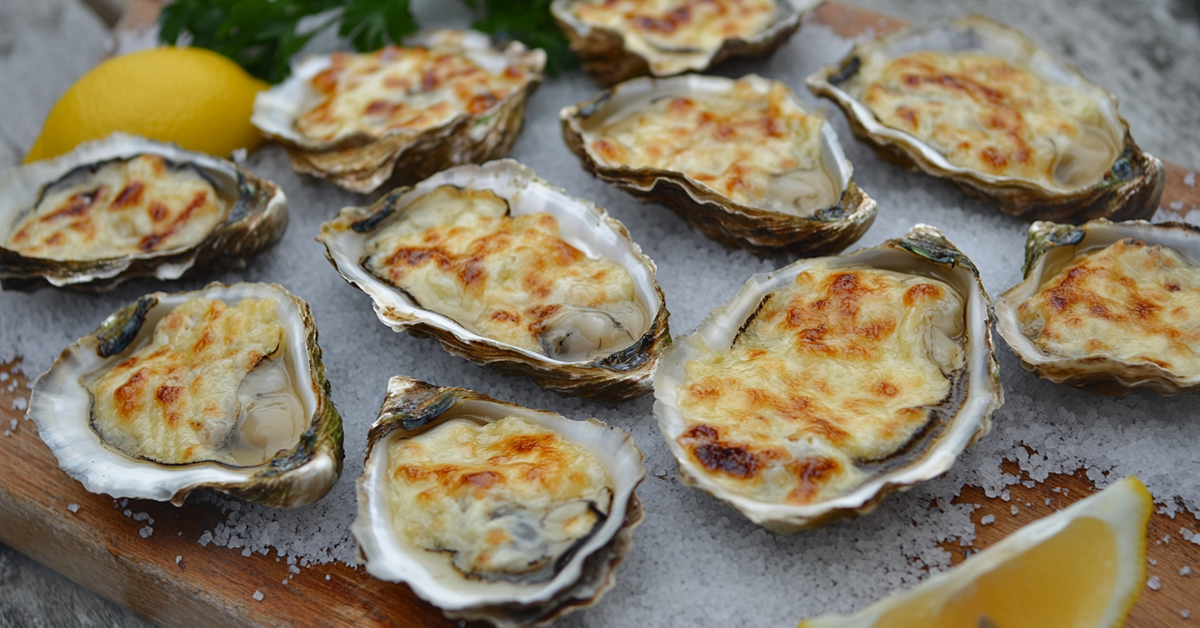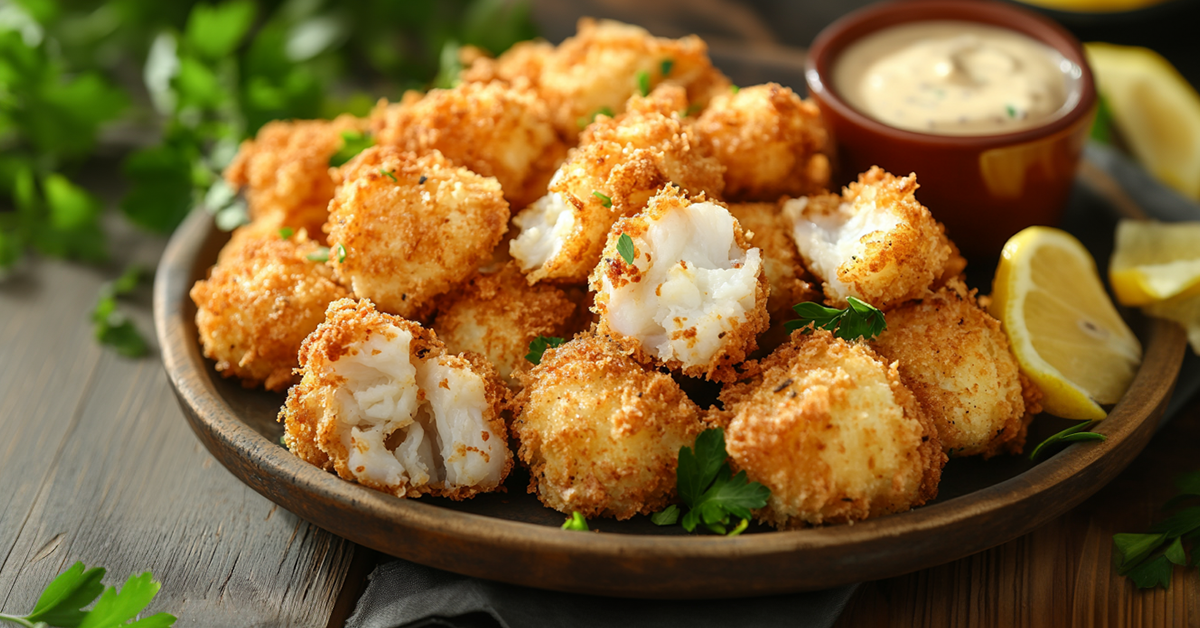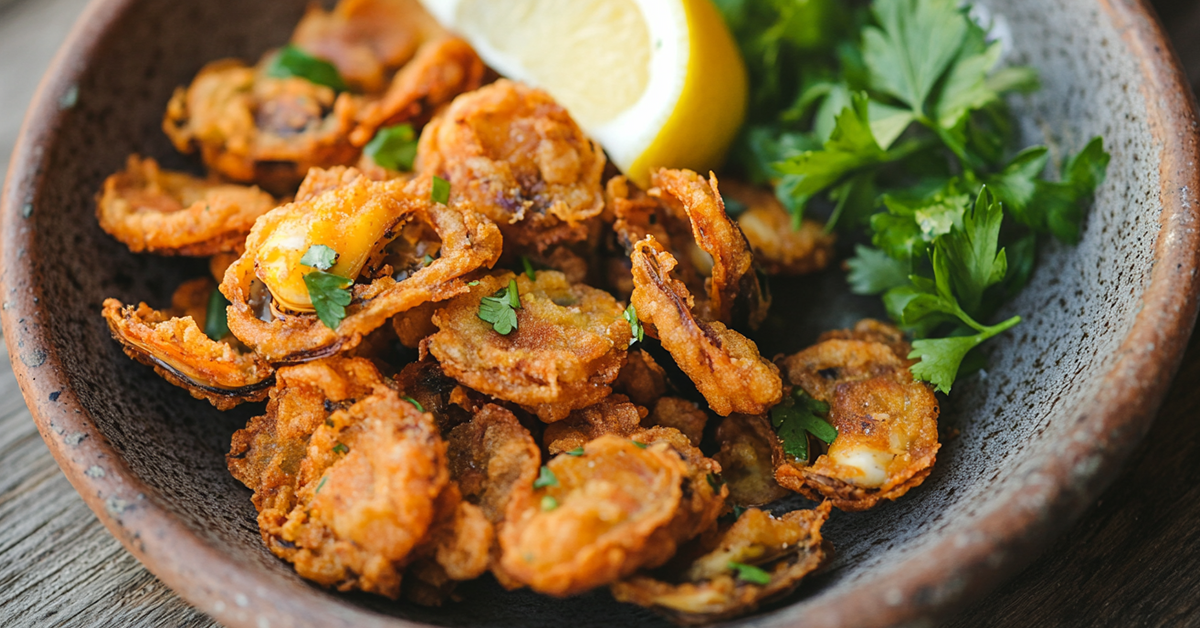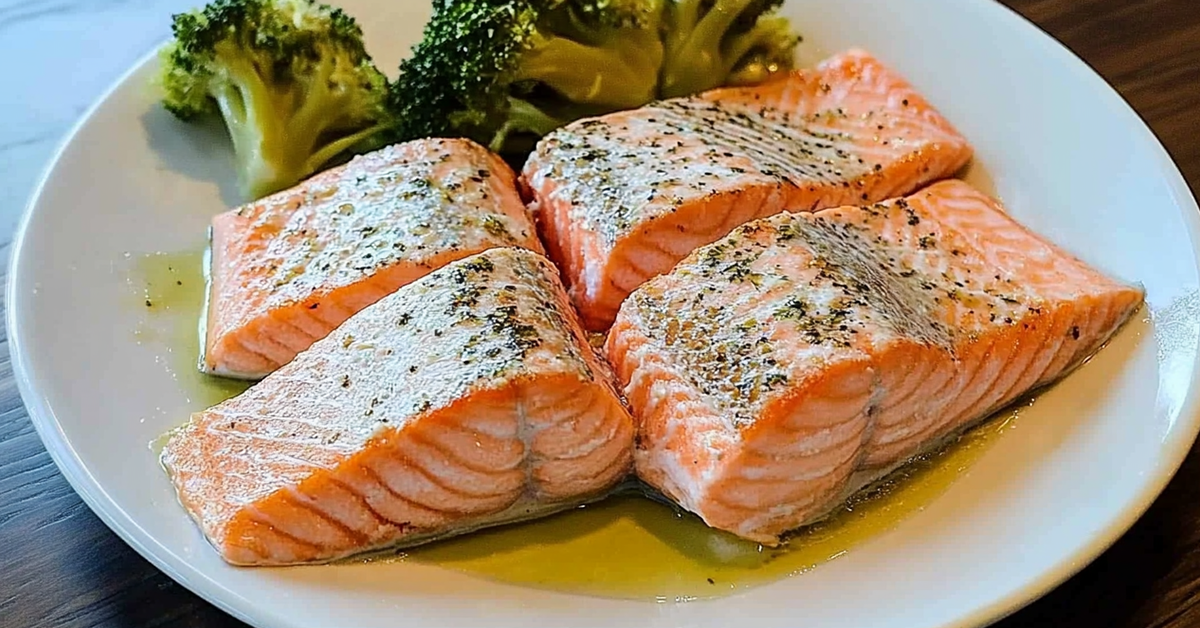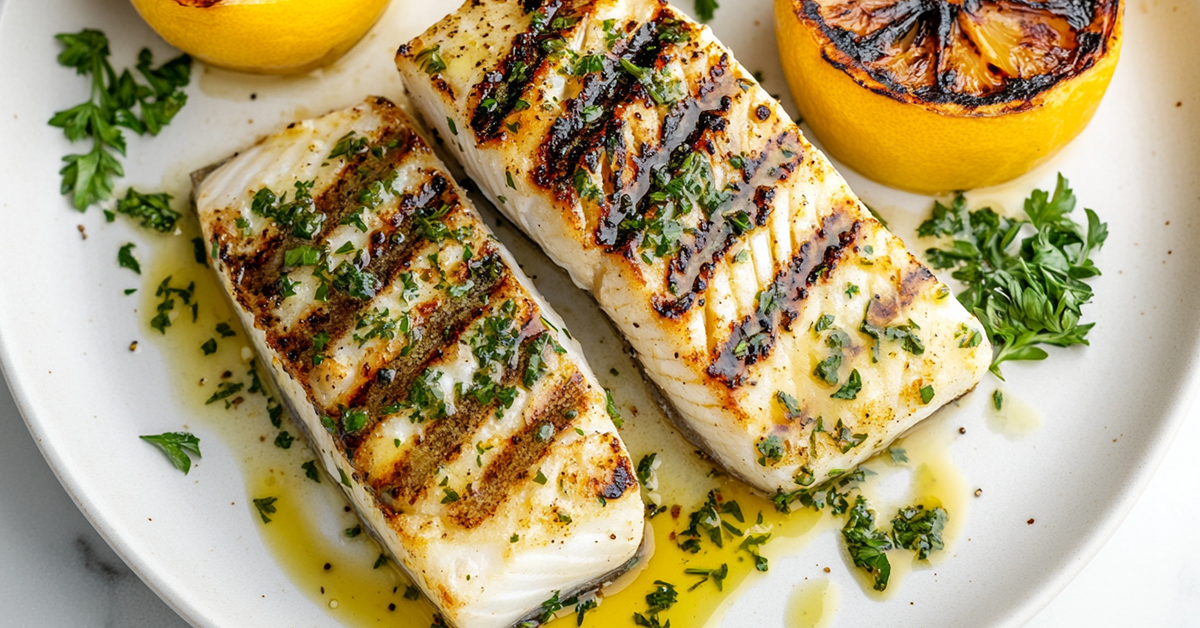The perfect fried crab delivers an irresistible contrast – a golden crispy exterior that gives way to tender, juicy meat inside. Many people think this delicious delicacy belongs only in seafood restaurants, yet you can easily create it in your own kitchen.
The recipe welcomes cooks of all skill levels. You can try your hand at fried crab legs, whole deep fried crabs, or crispy fried claws. The process breaks down into simple steps that anyone can follow.
This detailed guide shows you each stage of crab preparation and cooking. You’ll discover expert tips that help create restaurant-quality results. Your family and friends will love this classic seafood dish that you’ve mastered at home.
Table of Contents
Why You’ll Love This Fried Crab Recipe
Let me show you why making fried crabs at home will become your new favorite cooking adventure. This recipe goes beyond just making delicious food – you’ll become skilled at a technique that saves money and impresses your guests.
Here’s what makes this recipe special:
- Complete control over ingredients: You choose the quality and freshness of your crabs, which ensures the best possible taste.
- Cost-effective: You’ll skip restaurant markups while enjoying premium seafood at home.
- Customizable seasoning: The spices and flavors match your exact priorities
- Perfect for gatherings: You can create a fun, interactive dining experience
This fried crab recipe shines because of its flexibility. The simple technique stays the same whether you cook fried crab legs for a romantic dinner or prepare deep fried crabs for a family feast. You can try different seasonings while keeping that perfect crispy exterior and succulent interior.
The recipe excites home cooks because it builds kitchen confidence quickly. As you learn to fry crab claws and whole crabs, you’ll develop timing and temperature control skills that help with other cooking techniques.
Beginners can follow this straightforward process and achieve results rivaling their favorite seafood restaurant. Nothing beats cracking into a perfectly fried crab you’ve prepared yourself. The golden-brown coating, tender meat, and pride of creating something spectacular come together beautifully in this recipe.
Read also: Crispy Fried Pollock Recipe
Choosing the Best Crabs for Frying
Your frying success depends on picking the right crab. Dungeness crab makes an excellent starting point for beginners because of its sweet, delicate flavor and you’ll find it easy to clean.
Here’s what to look for when picking quality crabs:
- They should move actively in tanks
- Look for shiny, intact shells
- They should smell fresh and ocean-like
- You want no cracked shells or missing limbs
- The body should feel firm and have some weight
Living far from the coast? Frozen crab could be your best bet. Most store-bought crab legs are pre-cooked and flash-frozen right after catching to lock in quality. This quick freezing keeps the crab’s texture and flavor intact, making it reliable for your home cooking.
Soft-shell crabs create a unique frying experience. These blue crabs are caught during their molting phase, and you can eat the whole crab, shell and all. They work best for frying since boiling would make them fall apart.
Jonah crabs offer a budget-friendly option. These East Coast alternatives to Dungeness run smaller and cost less, with around $7 getting you two crabs. You can practice your frying skills without spending too much.
Size Matters: Larger crabs work better for meaty dishes while smaller ones suit soups and sauces. Male crabs typically give you more meat to pick, but females excel in sauces when you’re buying them live.
Quality and freshness stand as the two key factors in crab selection. Take time to inspect each crab at the market and don’t hesitate to ask about their source and delivery date.
Read also: Fried Grouper Recipe
Prepping Crabs for Frying
The perfect fried crab starts with the right preparation. Let’s get your crabs ready for a crispy makeover before the oil heats up.
Cleaning and shell preparation tips
Give your crabs a good rinse under cold running water. Soft-shell crabs need specific parts removed before frying. The process is straightforward. You should lift one pointed side of the top shell to remove the gills, then do the same on the other side. The tail flap comes off with a twist and pull from the bottom. A quick snip behind the eyes with scissors removes the face.
Important: The gills (also called “dead men’s fingers”) must come out since they taste bad and you can’t eat them.
How to crack crab claws for frying
The best fried crab claws need breaking at the first joint. Leave the pincer attached – it makes a natural handle while eating. Clean breaks work best when cracking claws. Light taps with a knife’s back create better results than hard cracks.
Removing shells vs. frying whole crabs
Your crab type determines the frying method:
- Soft-shell crabs: These make crispy treats when fried whole after cleaning
- Hard-shell crabs: You have two options:
- Take off the top shell so seasonings soak in better
- Keep the whole crab intact for traditional cooking
Whole crabs need about 3 hours of marinating to boost their flavor. Cleaned crab pieces should rest 5 minutes after breading. This helps the coating stick properly.
Pro Tip: A splatter screen comes in handy when frying whole crabs. Their moisture makes the oil pop quite a bit.
Read also: Kerala Fish Fry Recipe
Essential Tools and Equipment for Frying Crabs
The right tools can make a huge difference in creating perfect fried crabs at home. Let’s get your kitchen ready with these must-have items.
Simple Tools:
- Crab scissors: These specialized tools fit into tight spots and cut through tough shells cleanly
- Deep-fry thermometer: You need this to keep oil temperature between 350-375°F
- Cast iron griddle or heavy-bottom pan: This gives even heat distribution
- Slotted spoon or tongs: These help you handle crabs in hot oil safely
Shell-Cracking Equipment: Your crab-cracking toolkit should have a seafood mallet ($5) to tap gently and sturdy crackers ($20) that come with picks to reach those tricky meat pockets.
Safety and Convenience Items: Seafood bibs ($10) will protect your clothes. A splatter screen proves valuable to prevent oil burns during frying.
Temperature Control: The thermometer becomes your ally in frying crabs. Hot oil burns the outside before cooking the inside. Cool oil leaves you with greasy, soggy crabs.
Pro Tips: A quick test of oil temperature needs just the tip of a claw – bubbling and sizzling means you’re good to go. Set up a wire rack or paper towel-lined plate nearby to drain.
A tight budget shouldn’t stop you. A sharp paring knife and kitchen scissors can handle the prep work. Note that specialized tools make things easier, but you can still achieve great results without them.
Read also: Fried Red Snapper Recipe
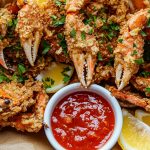
Fried Crabs Recipe
- Total Time: 30 minutes
- Yield: 4 servings 1x
Description
Become skilled at creating perfectly crispy fried crabs with this foolproof recipe that works for both soft-shell and hard-shell varieties.
The recipe will give you golden-brown, crispy fried crabs with a tender interior. You can use either soft-shell crabs or hard-shell varieties to achieve consistent results.
Ingredients
- 4 crabs (soft-shell or cleaned hard-shell).
- 1 cup all-purpose flour.
- ½ cup milk.
- 1 large egg.
- Salt and pepper to taste.
- Oil for frying.
- Optional seasonings: Old Bay, cayenne pepper, garlic powder.
Instructions
- Clean and prepare your crabs as detailed in the preparation section.
- Mix milk and egg together in a shallow bowl.
- Combine flour with salt and pepper in a separate bowl.
- Heat oil to 365°F and monitor with your thermometer.
- Salt each crab lightly, then:
- Dredge in flour
- Dip in egg mixture
- Coat again with flour
- Place crabs in hot oil carefully and fry them until golden brown, about 1-2 minutes per side.
- Remove crabs and drain them on paper towels.
Notes
– Your breaded crabs should rest 5 minutes before frying so the coating sticks better.
– A splatter screen will protect you from oil burns while frying.
– Fry in batches to avoid overcrowding the pan.
– The oil temperature is right when a pinch of flour sizzles immediately.
- Prep Time: 25 minutes
- Cook Time: 5 minutes
- Category: Seafood
- Method: Frying
Health Benefits of Eating Fried Crabs
Fried crabs offer more than just their crispy, delicious taste. Your body gets impressive nutritional benefits even after the frying process. These crustaceans keep most of their valuable nutrients intact.
A plate of fried crab packs a protein punch similar to other meats but with nowhere near as much saturated fat. Each serving gives you high-quality protein that your body easily digests to build and maintain muscle strength.
Fried soft-shell crab’s nutritional profile has:
- 5.4g of protein per 28.35g serving
- 3.2g of fat
- Rich in vitamin A (4.54 mcg) and vitamin C (0.7 mg)
- Excellent source of calcium (31.75 mg) and potassium (77 mg)
Brain and Heart Benefits Your brain health improves when you eat crab regularly. Studies show that eating seafood like crab once weekly can lower your risk of dementia and Alzheimer’s disease. Crab’s omega-3 fatty acids help reduce your triglycerides and blood clotting risks.
Mineral Powerhouse Crab’s selenium content stands out – it has 3 times more selenium than cod and 12 times more than beef. This mineral protects your cells as an antioxidant while boosting immune system function. Your bones and teeth get stronger from the phosphorus content, which gives you 62% of your daily recommended value in just 100g.
Immune System Support Crab’s combination of protein, zinc, and vitamin B12 strengthens your immune system. These nutrients help your body fight bacteria and viruses effectively. They also speed up recovery when you’re sick or injured.
The frying process adds calories, but you still get valuable nutrients that boost your overall health. The protein stays high, and most essential minerals and vitamins remain through cooking.
You may like: Fried Salmon Recipe
Nutritional Information for Fried Crabs
Let me break down the exact nutrients you get in each serving of fried crab. The nutritional content will help you make smart choices about portion sizes and meal planning.
A medium-sized fried soft-shell crab (about 90g) gives you 186 calories. Your serving’s macronutrients stack up like this:
Protein Content: You get 11g of high-quality protein, which makes it great for muscle health.
Fat Profile: Each serving has 9.8g of total fat, with:
- 1g saturated fat
- 6.1g polyunsaturated fat
- 2.2g monounsaturated fat
Carbohydrates: Your serving has 13g of total carbs, with just 0.1g sugar and 0.6g dietary fiber.
Your fried crab serving packs these important minerals:
- Calcium: 69mg (5% DV)
- Iron: 1mg (6% DV)
- Potassium: 174.6mg (4% DV)
People watching their sodium should know that a serving has 779mg of sodium – that’s 34% of your daily value. The cholesterol hits 48mg, about 16% of your daily recommended intake. [Reference]
A larger portion (about 236g) packs around 556 calories, with more proteins (27.78g) and fats (33.33g). Most people find the standard serving size fills them up while keeping calories reasonable.
The values might change slightly based on your breading method and frying technique. Your fried crab legs or whole fried crabs will have similar nutritional content.
Read also: Fried Flounder Recipe
Serving Suggestions for Fried Crabs
These perfect pairings will turn your fried crabs into a complete meal. The sweet, savory flavor of crispy crustaceans needs sides that improve rather than overpower the taste.
Classic Companions French fries are the perfect partner for your fried crabs. The simple seasoning works well with savory crab meat, and they’re great for eating with your hands. Thick-cut steak fries or crispy oven fries add variety to your meal.
Vegetable Options Steamed or raw vegetables make a lighter choice. A generous drizzle of garlic butter can raise the taste of steamed veggies. Raw vegetables work well because they can share your crab’s dipping sauces.
Sauce Selection Your meal becomes more interesting with these dipping options:
- Classic melted butter
- Tangy remoulade sauce
- Mustard mayo
- Rich hollandaise
Pro Tip: A sauce station on your table lets guests try different flavor combinations. Everyone can customize their meal while enjoying an interactive dining experience.
A fresh garden salad or crispy coleslaw rounds out your seafood feast. These sides create a refreshing contrast to your rich, crispy crab while keeping your perfectly fried masterpiece as the star of the show.
Conclusion
You can make restaurant-quality fried crabs at home with this detailed guide that will help you become skilled at the technique quickly. Your careful attention to crab selection, proper preparation, and cooking temperature control will give you perfectly crispy results every time.
This recipe’s versatility allows you to try different crab varieties and seasonings while you retain control of that ideal golden-brown exterior and succulent interior. You’ll save much money compared to restaurant prices without compromising quality or taste.
Practice makes perfect with crab frying. Soft-shell crabs make an easier starting point before you tackle whole hard-shell varieties. Your confidence and technique will improve with each preparation, and every new attempt will turn out better than the last.

